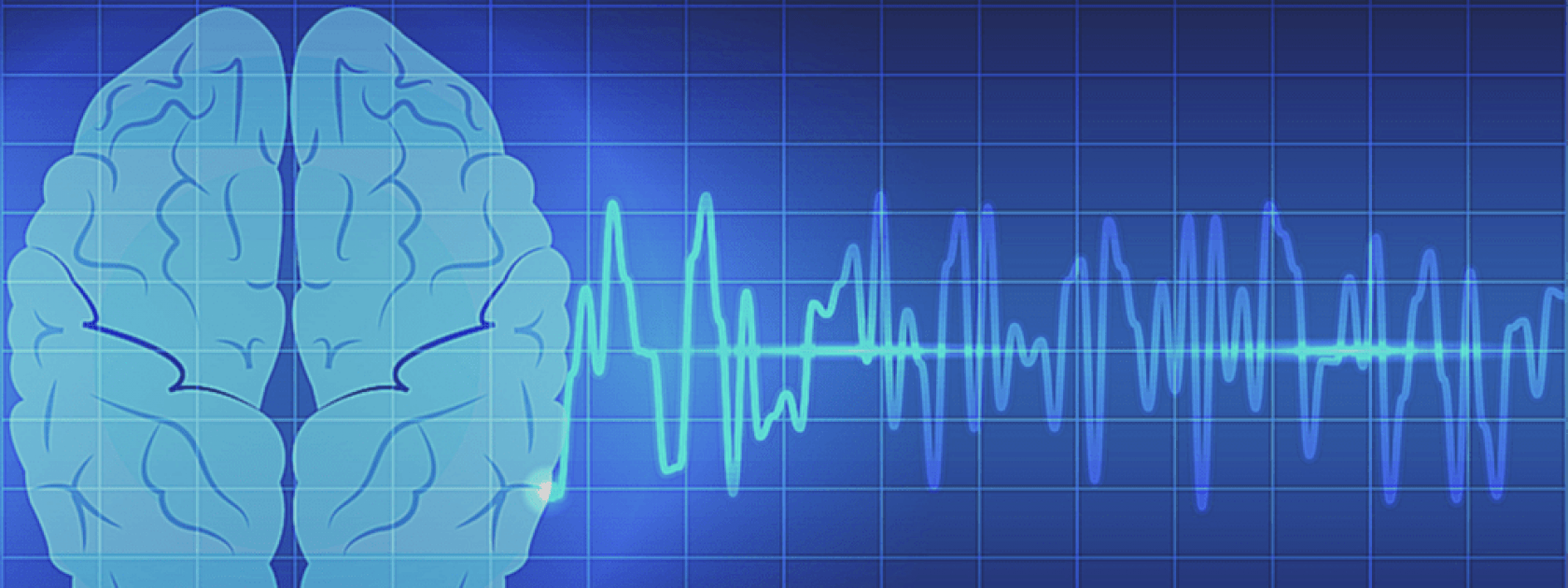Michael Apollinaro and Daniel Mills
Background: Electrotactile stimulation may be used for sensory substitution. Knowledge of the stimulus parameters which generate varied percepts is a vital step in the development of consistent biomimetic stimulations. Stimulations are to be evaluated across different skin regions under varied patterns and timings to better understand electrotactile perception.
Purpose: Investigate the stimulus properties which lead to various electrotactile percepts using electrotactile stimulation.
Eligibility: Healthy, young adults (18-40yrs) with no known vascular, or neurological disorders. No history of smoking, and exercise and caffeine intake not permitted 24 hours prior to experiment.
Contact: mapollin@uoguelph.ca
What has been found so far?
Previous research has highlighted the brain’s strategic way of discerning skin sensations into tactile perceptions through the use of a Bayesian inference model. This model explains the interpretation of neural activity and highlights that stochastic noise may affect perception. This, therefore, suggests that perception contains a degree of inference. One important article highlighting this model is by Goldreich & Tong, 2013. It can be found here.
Where are we headed?
While the use of the Cutaneous Rabbit Effect has been well documented in the upper limbs, the Bent Neurophysiology lab is looking to investigate this illusion at the foot sole. The palm of the hand will also be used as a comparison model, as cutaneous responses have been shown to be region specific. At both the hand and the foot, the Bent Neurophysiology lab hopes to investigate and develop a Bayesian inference-based velocity coding model.


